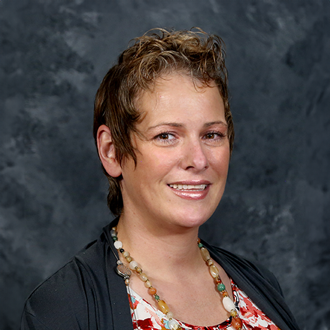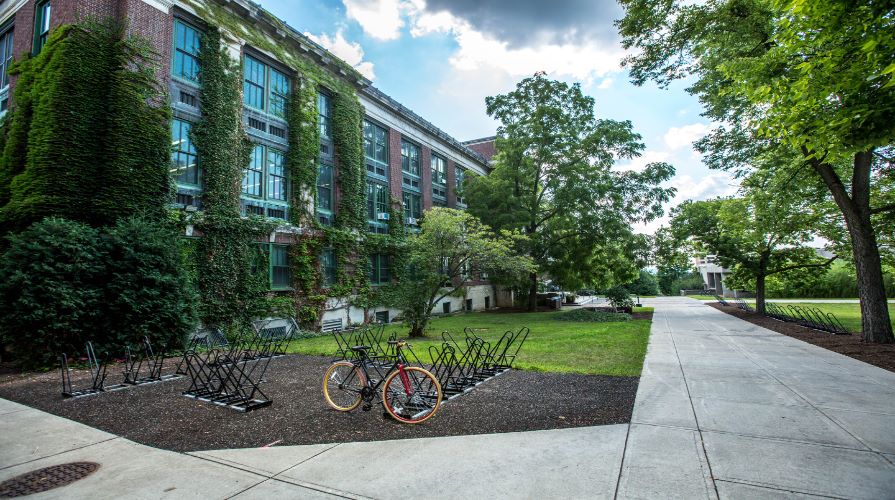Teachers by Preparation Route
Finding and keeping good teachers is a nationwide problem, and Texas is no exception.
Rural districts are having more trouble recruiting qualified teachers, and, unfortunately, enrollment has declined in the field of education in colleges across the nation. However, traditional certification programs aren’t the only places districts can find teachers.
Alternative Certification
Alternative certificates are now the fastest-growing method for districts to find their teachers. For the purpose of this article, we looked at teachers who earned their certificates through post-baccalaureate and other programs. The State Board for Educator Certification (SBEC) is issuing more alternative certificates than degreed educator certificates, with a 28-percent increase in the past five years, and the increases are likely to continue. Out of the 26,490 new teachers last year, 14,629 of them received their certification through an alternative program.
More than a third (38 percent) of all current Texas teachers were certified via an alternative program. However, as alternatively certified teachers continue to enter our classrooms, these teachers are also more likely to leave the classroom within five years (35 percent five-year attrition rate).
The following looks at post-baccalaureate and alternative programs separately.
University Post-Baccalaureate
Degreed paraprofessionals returning to school to become teachers — pathway 2 in the “Grow Your Own” program — make up 7 percent of all certified teachers. Last year, 4 percent (1,031 certificates) of all new teaching certificates went to this type of alternative certification. We should expect these numbers to rise as the “Grow Your Own” program continues to succeed. However, these teachers also have the highest attrition rate after the first year, with 14.5 percent leaving in 2016–2017. The “Grow Your Own” program should help reduce this number by providing ongoing support to these new teachers.
Other Alternative Certificates
There’s also a growing number of professionals outside of the education field who are interested in becoming a teacher. These workers, using nontraditional routes to get their certificate, represent the largest growing group of new teachers. Last year, 51 percent of all new certificates (13,598 certificates) were issued to this group of teachers. Unfortunately, this group also struggled with retention over the past five years. The attrition rate for 2016–2017 was 9.8 percent, and the rate for the last five years is 35.3 percent.
While there’s no quick or easy solution, the conversation needs to focus on what districts can do to prepare, guide, and support all teachers, especially alternative certificate teachers. These teachers are a great resource to students and their schools, and are now the majority of newly certified teachers, as indicated by the data. Alternatively, certified teachers don’t get the same level of preparation and student teaching and therefore, districts need to do more to support their new teachers and invest in their success.

To learn more about teacher retention, read 4 Key Factors Impacting Teacher Retention.

Catherine Rubiera
Catherine joined the HR Services team in 2015. She leads the analyst team, oversees the analysis of salary survey data, and provides analytical support for consulting services. Catherine taught high school math, including AP statistics, for 12 years in Florida prior to joining HR Services. Catherine has a bachelor’s degree in mathematics with a minor in statistics from Florida Atlantic University.
HR Services

Subscribe to HRX
Stay up to date with all the latest HR news and trends by joining the HRX mailing list!





